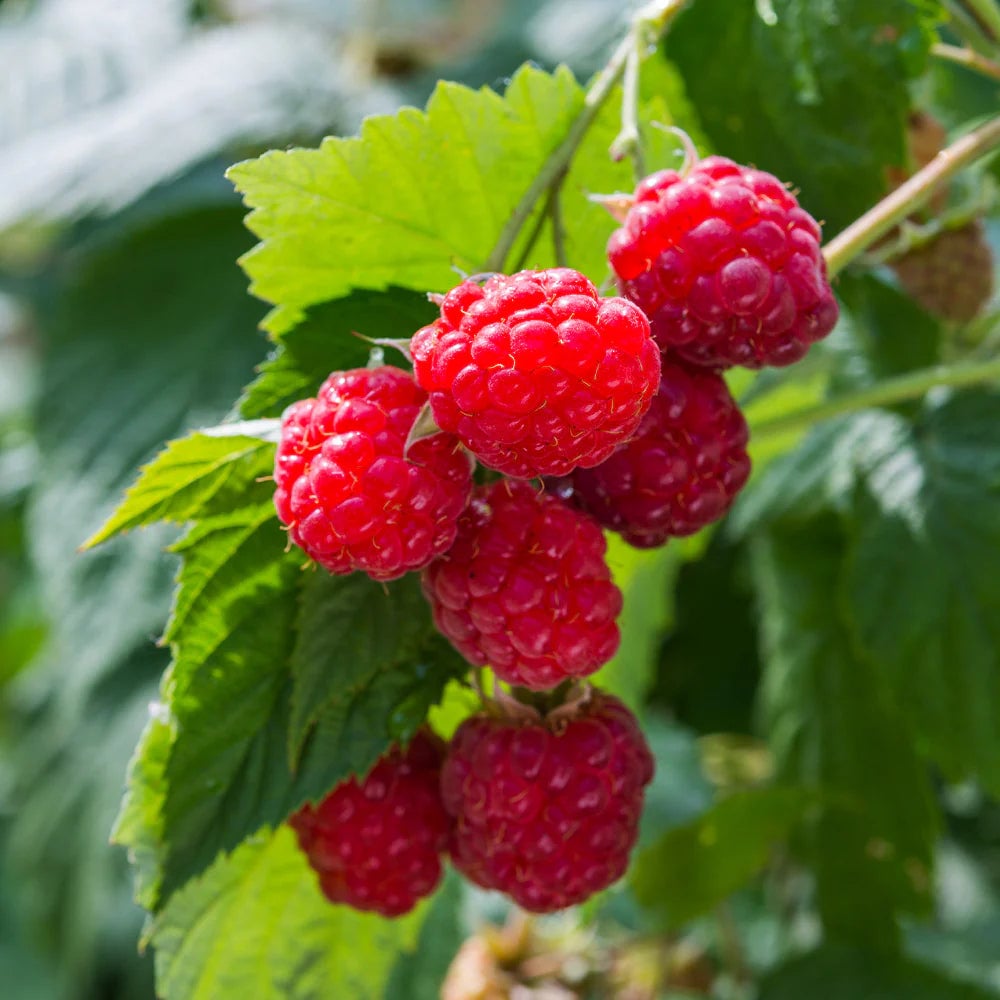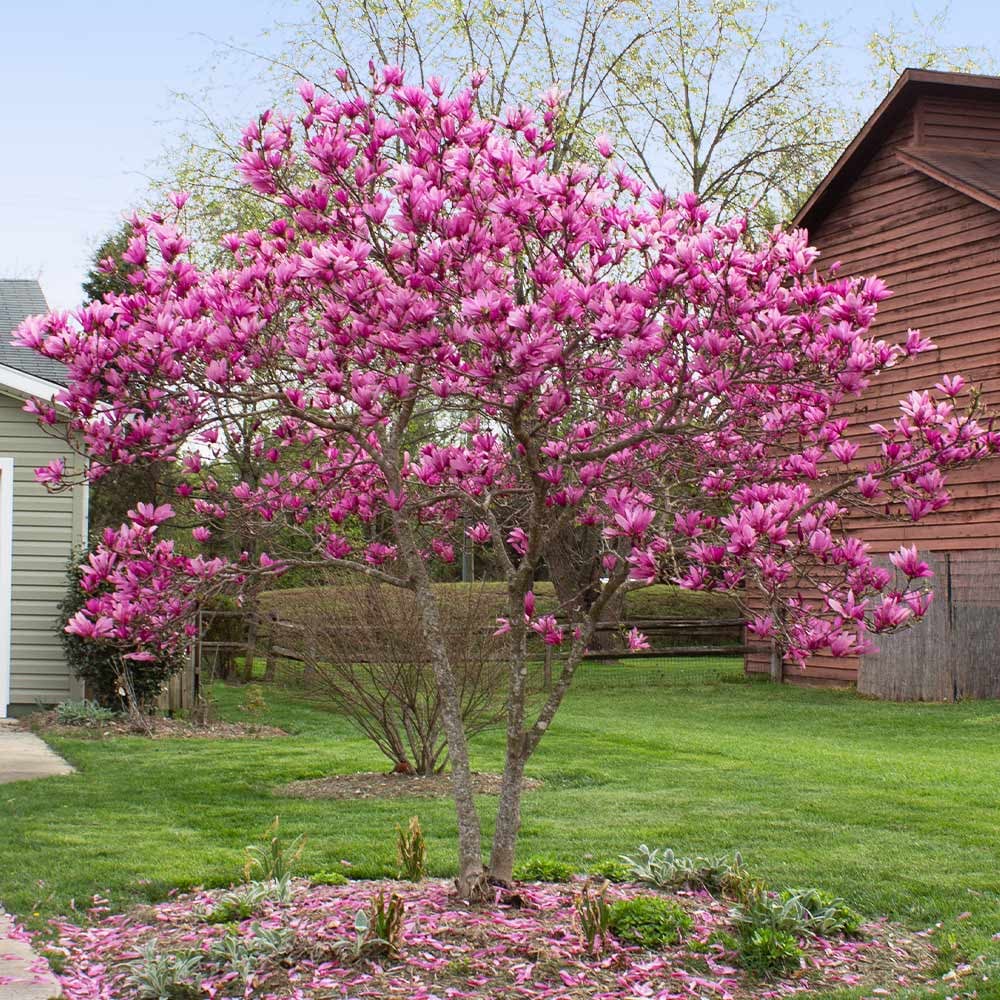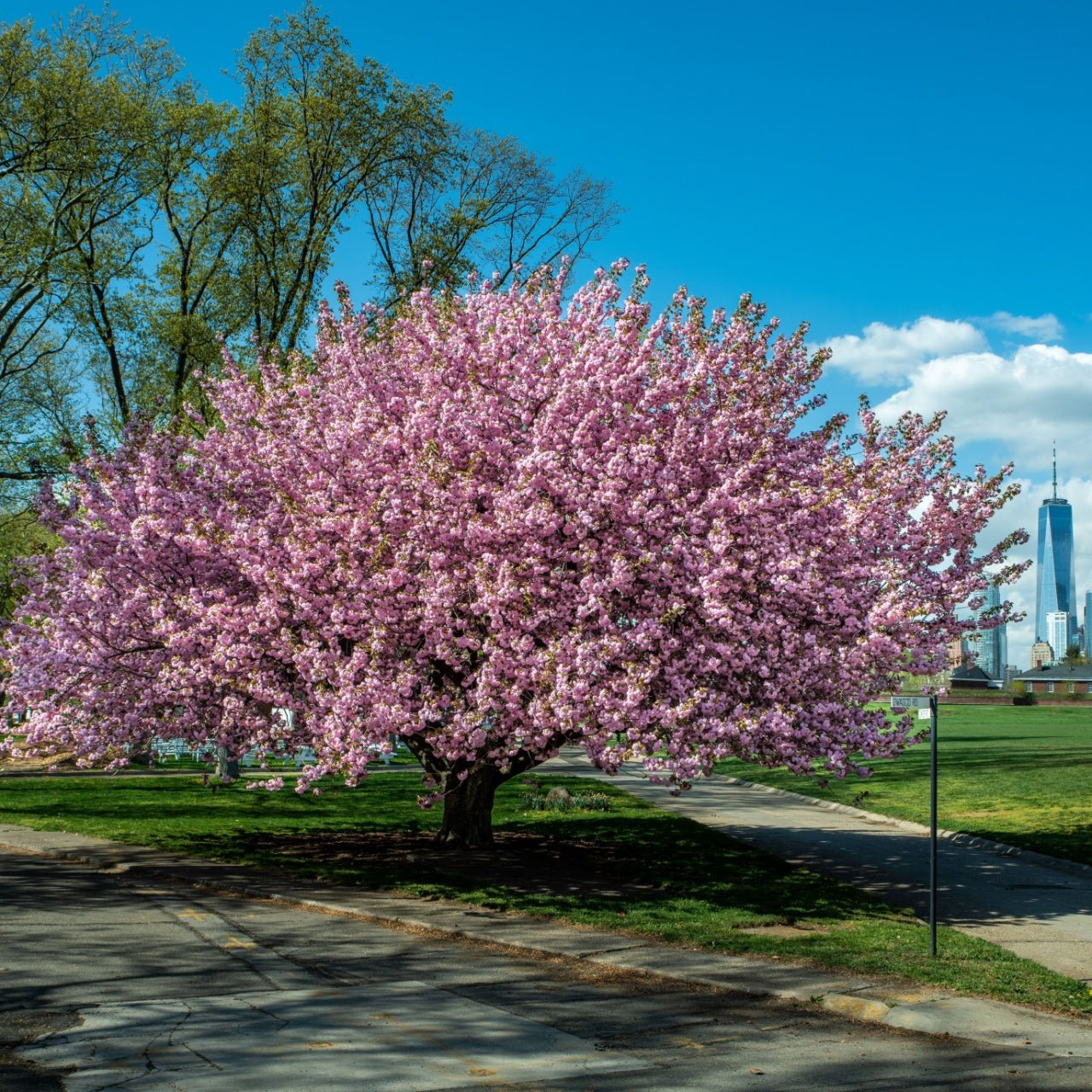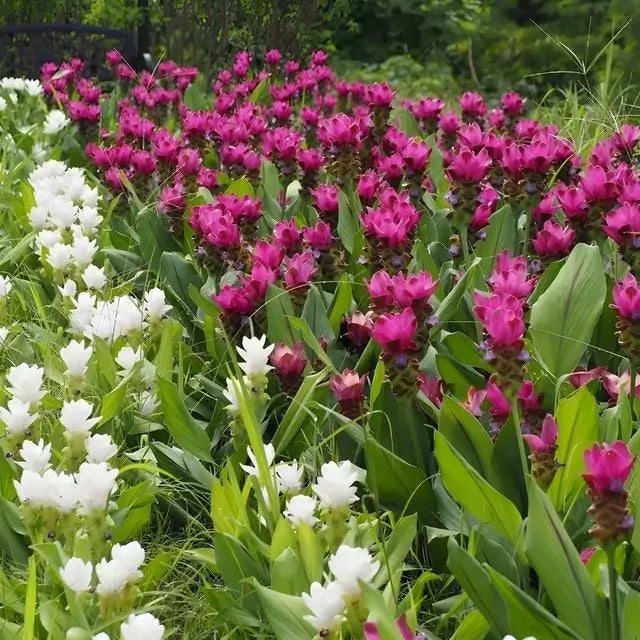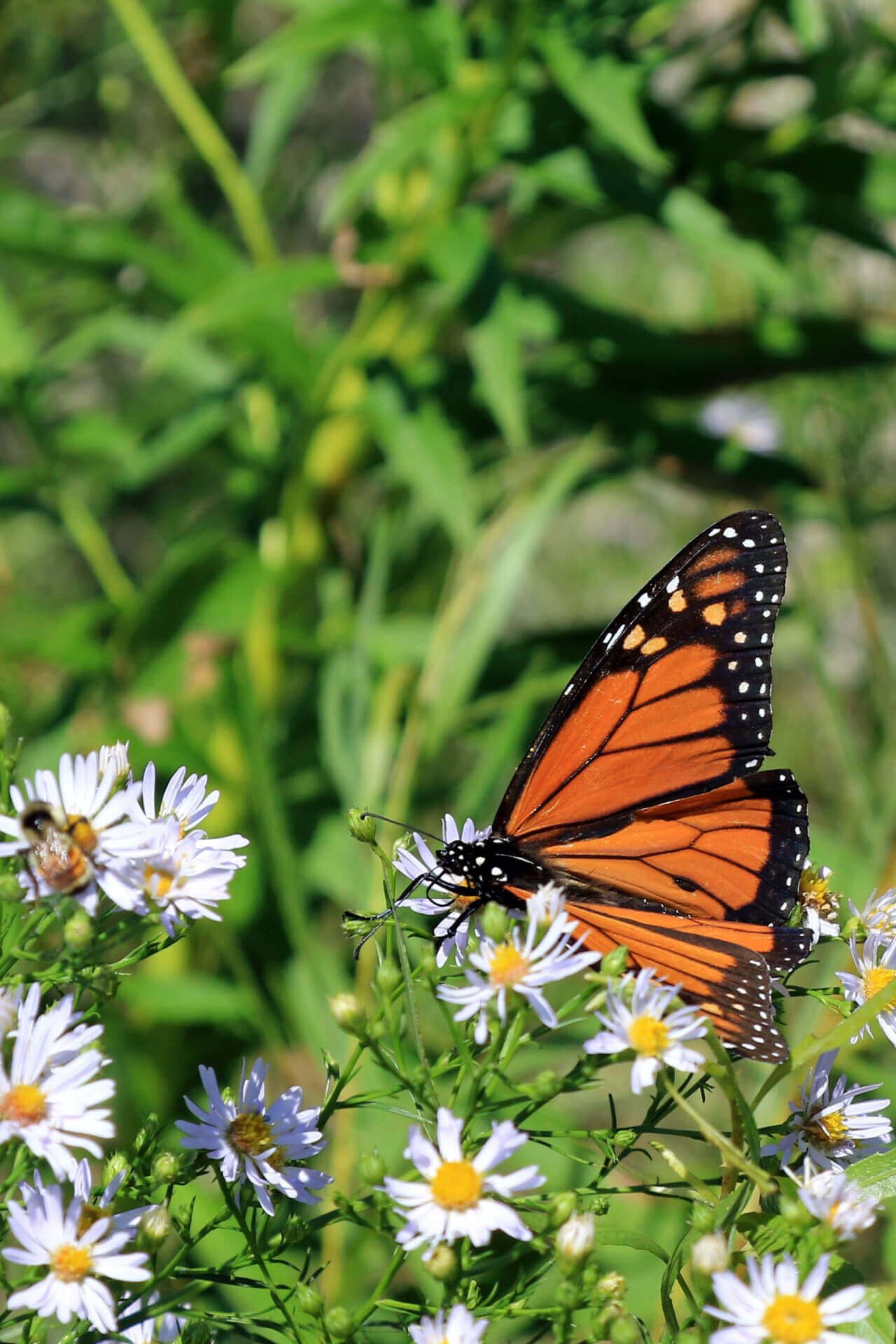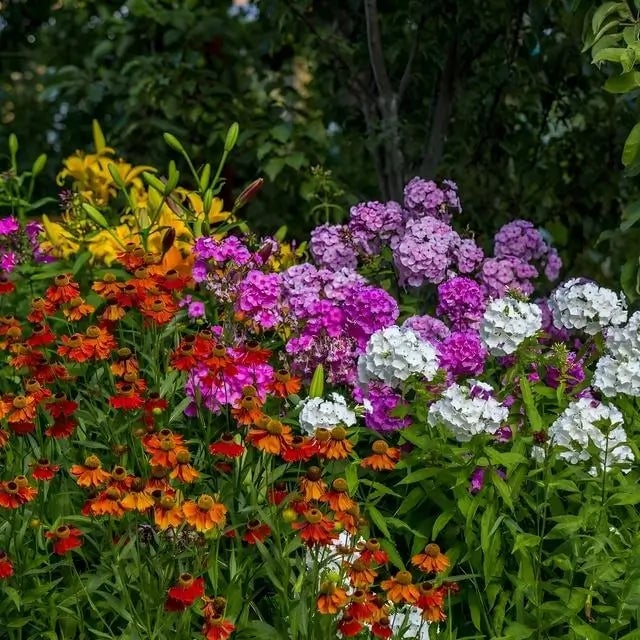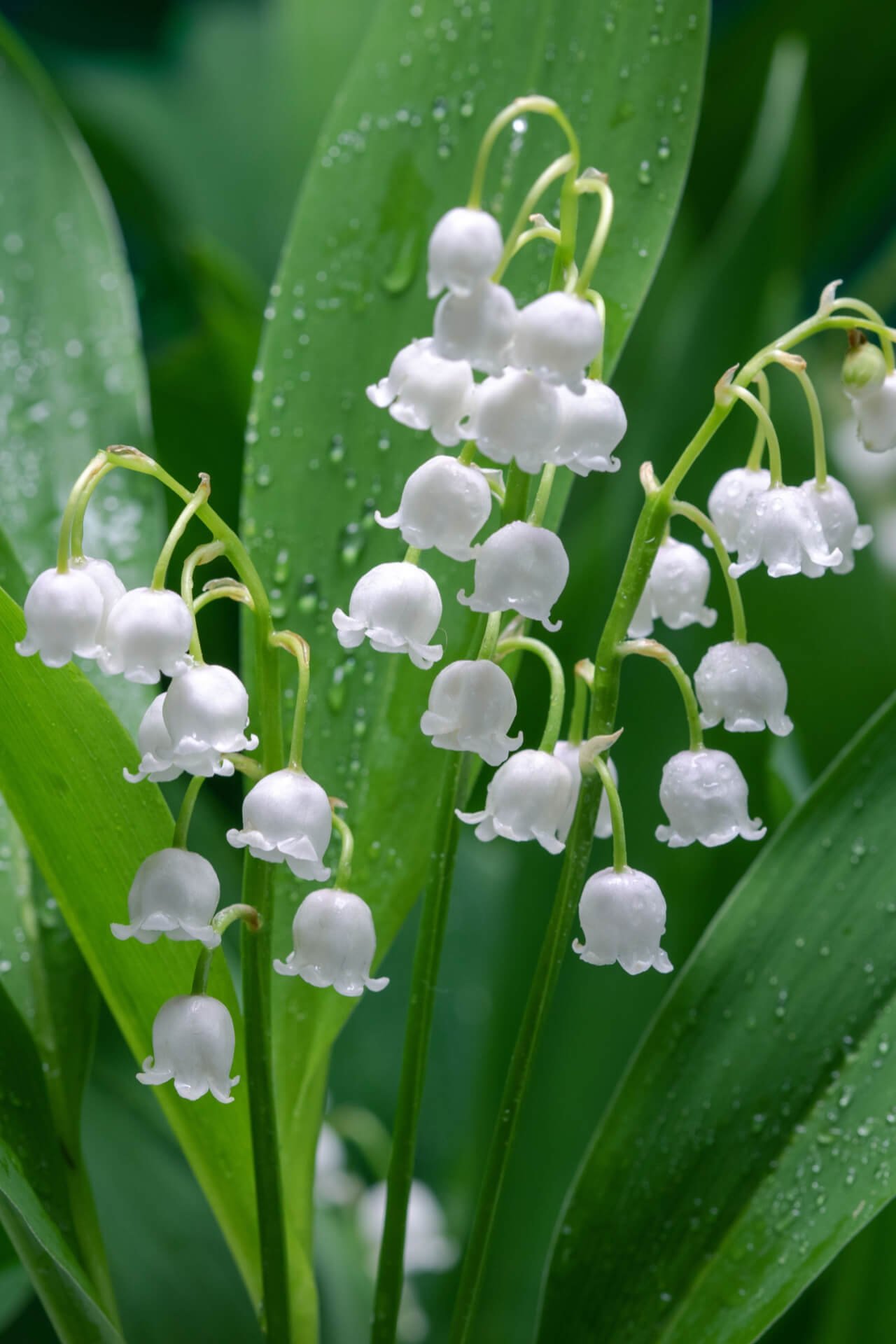

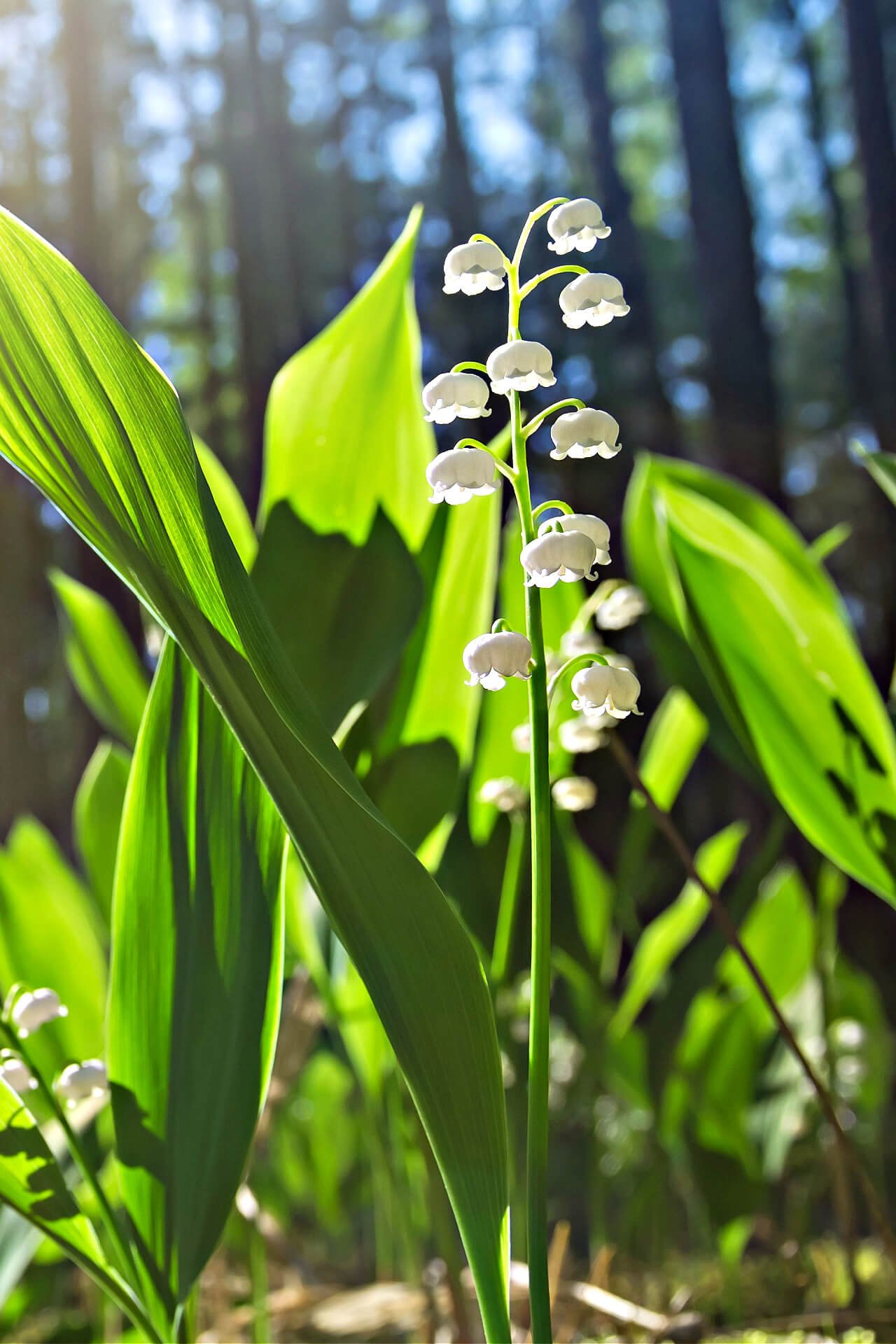

Lily Of The Valley
Thrives in Zones 2 - 9
Low-maintenance perennial plant
Resilient and hardy growth
Elegant white, bell-shaped flowers
Ships in
7-10 DaysLily of the Valley - Convallaria majalis
The Lily of the Valley is a classic flower you may have heard of in songs, poems or stories. It is a European and Asian native, prized by the Royal Horticulture Society for its delicacy and association with purity and beauty. It was introduced to the United States from Europe, and has since naturalized. It is still considered invasive in many parts of the midwest due to its fast growth rate and aggressive spread properties, but its tendency to overpower is mostly a problem in lawns and gardens.
Plant Details - Lily of the Valley
Family: Asparagaceae
Light Requirement: Partial shade
Water Needs: Moderate
Height: 6-12 in
Spread: 12 in
Growth Rate: Fast
Soil Preference: Loamy, Moist
Bloom Time: April, May
Flower Color: White
Wildlife Value: Moths, Butterflies, Beetles
Notable Characteristics - Lily of the Valley
This delicate plant is actually considered a ground cover, despite the fact that it can reach up to 12 inches high. This is because its foliage is rather low-growing and lush, with pairs of wide, oval leaves that come to a point all around the plant. The leaves create a dense mat of foliage around the base, and can be nearly as long as the plant is tall, creating a ground cover effect. The leaves of Lily of the Valley are a deep emerald green and lightly ribbed, and sturdy but flexible. Their wide, round shape makes them perfect to catch the raindrops this plant enjoys.
Landscape and Maintenance
The Lily of the Valley is a very fragrant flower that thrives in the shade. It enjoys moist, well-drained soil that is full of organic compounds, making it a perfect use for your compost. The white, bell-shaped flowers can be found in groups of 5 to 15 at the end of this plant’s thin stem, hanging down like pendants opening towards the ground. They can swing freely in the breeze due to their thin stems connecting them to the main stem, which gives them an even further bell-like appearance, as the tiny blooms ring delicately. This flower is an utter beauty and its bright white and deep emerald colors will glow in your shady garden.
This Is How Your Plants Will Look upon Delivery

Bloom Season
Spring
Bloom/Foliage Color
White
Height at Maturity
Under 12"
Care
Lily of the Valley thrives in well-drained, moist soil. Keep the soil damp, mulch around the plants, and regularly remove spent flowers and dead leaves. Be careful, as all the plant's elements are toxic if ingested.
Plant Reproduction
Lily Of The Valley spreads quickly by underground stems called rhizomes and seeds.
How to Grow and Care for Bare Root Perennials, Tubers, and Bulbs
Bare root perennials, tubers, and bulbs are an easy and economical way to jumpstart your garden with lasting beauty. These dormant plants should be planted in early spring or fall while the soil is cool and workable. Before planting, soak bare roots in water for 1–2 hours to rehydrate them. Choose a location based on the plant’s light needs—most flowering types prefer full sun, while others thrive in partial shade.
For bare root perennials, dig a shallow hole and spread the roots out naturally, ensuring the crown is level with the soil surface. For tubers and bulbs, plant with the pointed side facing up at a depth about two to three times their height. Cover with soil, gently press down, and water thoroughly.
Keep soil consistently moist (not soggy) until new growth appears. Add mulch to retain moisture and suppress weeds, but avoid covering the crown or bulb tops. Once established, these plants require little maintenance—just seasonal watering, occasional dividing, and deadheading or pruning as needed. With proper care, they’ll return and thrive year after year.
Shipping date depends on the date displayed and chosen when you order from the product's page.
We do not accept returned plants. If you purchased an extended warranty we do accept claims, please navigate to the warranty page for instructions HERE





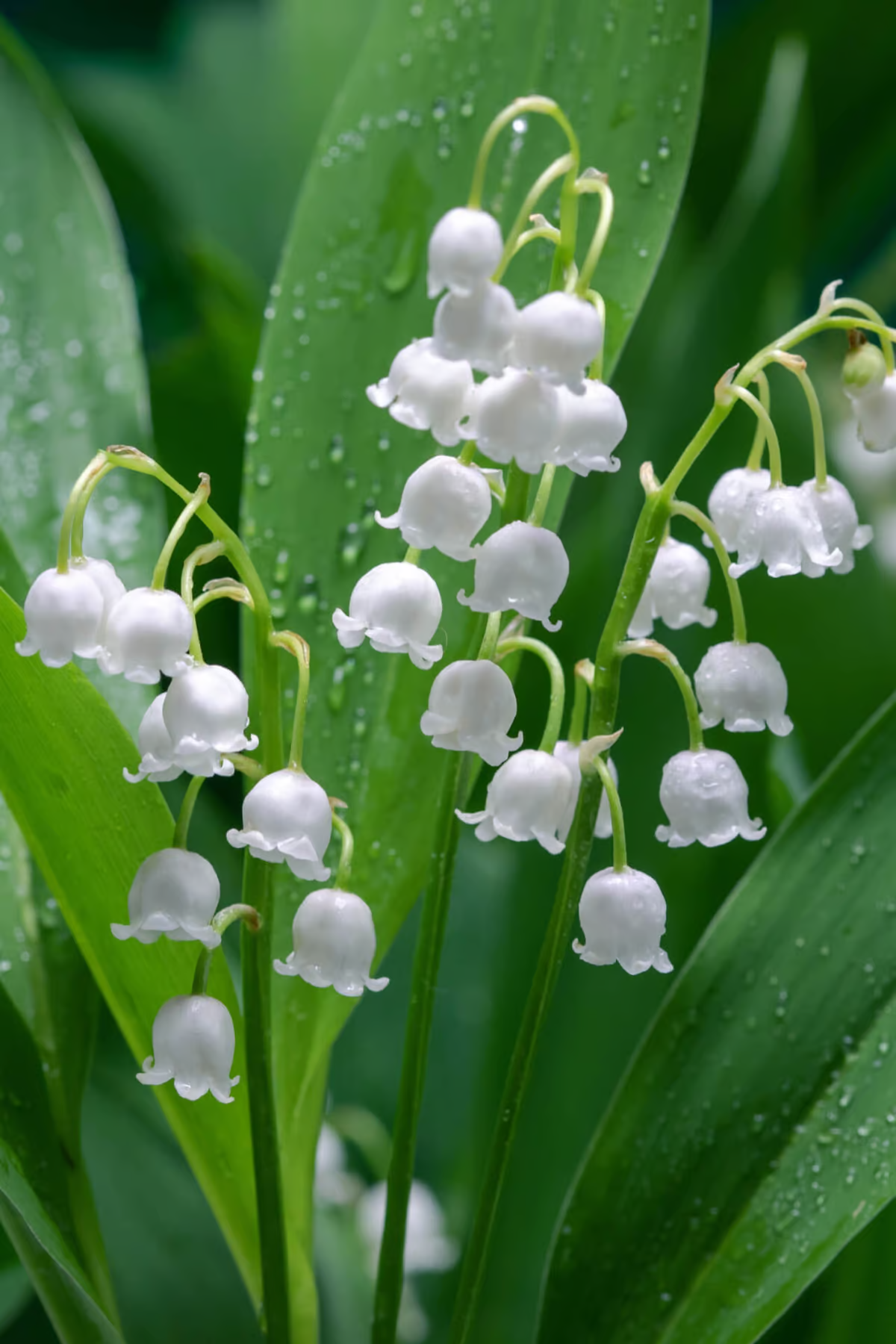
Charming Fragrance:
Lily of the Valley emits a sweet, enchanting scent that adds a lovely aroma to any garden or indoor space.
Seasonal Appeal:
Blooming in early spring, Lily of the Valley provides a delightful burst of color and fragrance at the start of the growing season.
Beautiful Blooms:
Lily of the Valley features delicate, bell-shaped white flowers that add a classic and enchanting touch to shaded areas.
Compact Growth:
With their low, spreading habit, Lily of the Valley is perfect for ground cover or filling in gaps in garden beds.
Header
Use this content to share information about your store and products.
Frequently asked questions
Still have a question? Contact us here.
Yes, we ship all over the world. Shipping costs will apply, and will be added at checkout. We run discounts and promotions all year, so stay tuned for exclusive deals.
It depends on where you are. Orders processed here will take 5-7 business days to arrive. Overseas deliveries can take anywhere from 7-16 days. Delivery details will be provided in your confirmation email.
You can contact us through our contact page! We will be happy to assist you.








